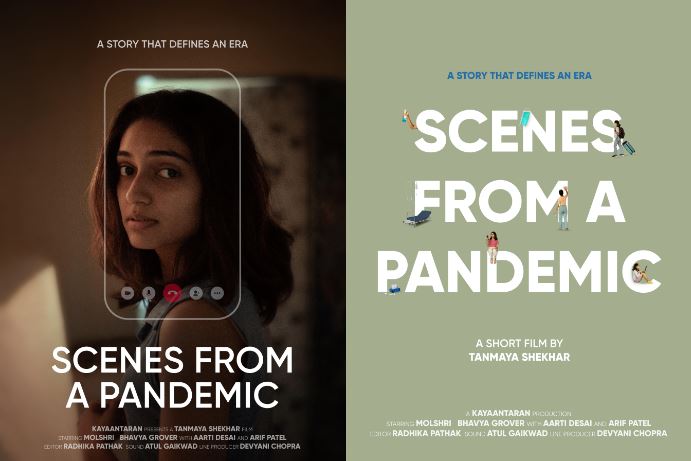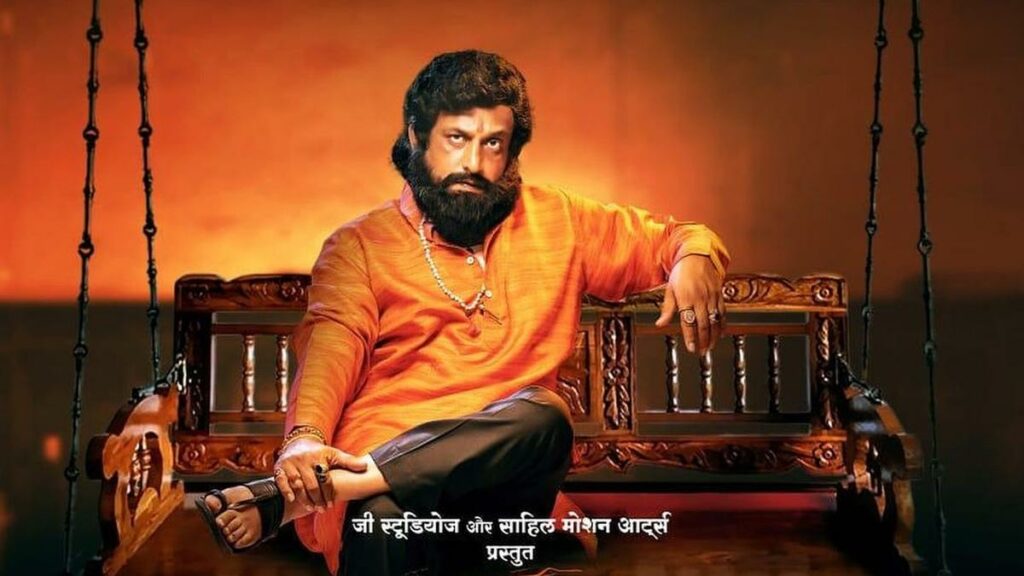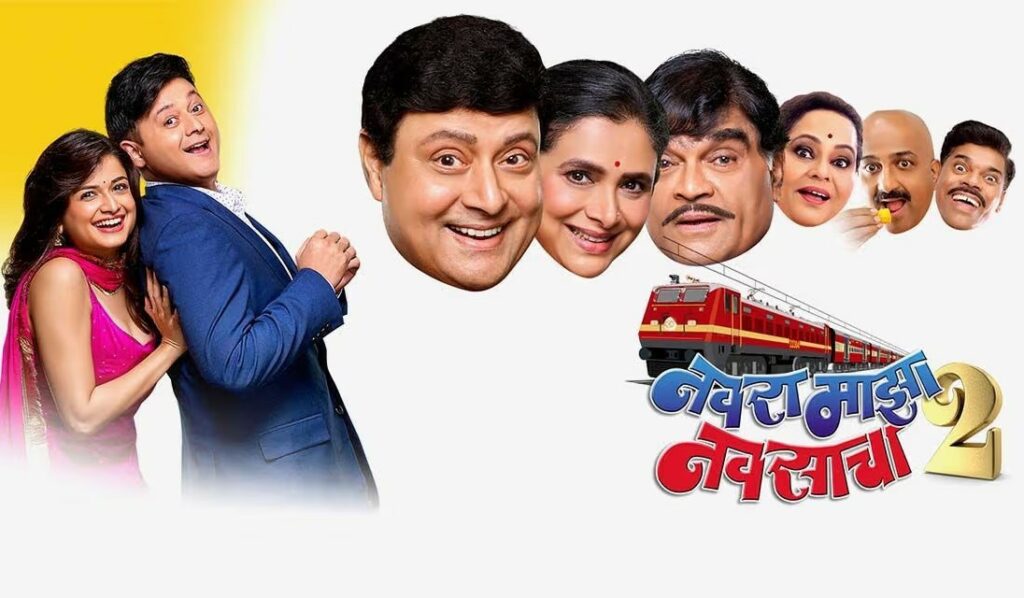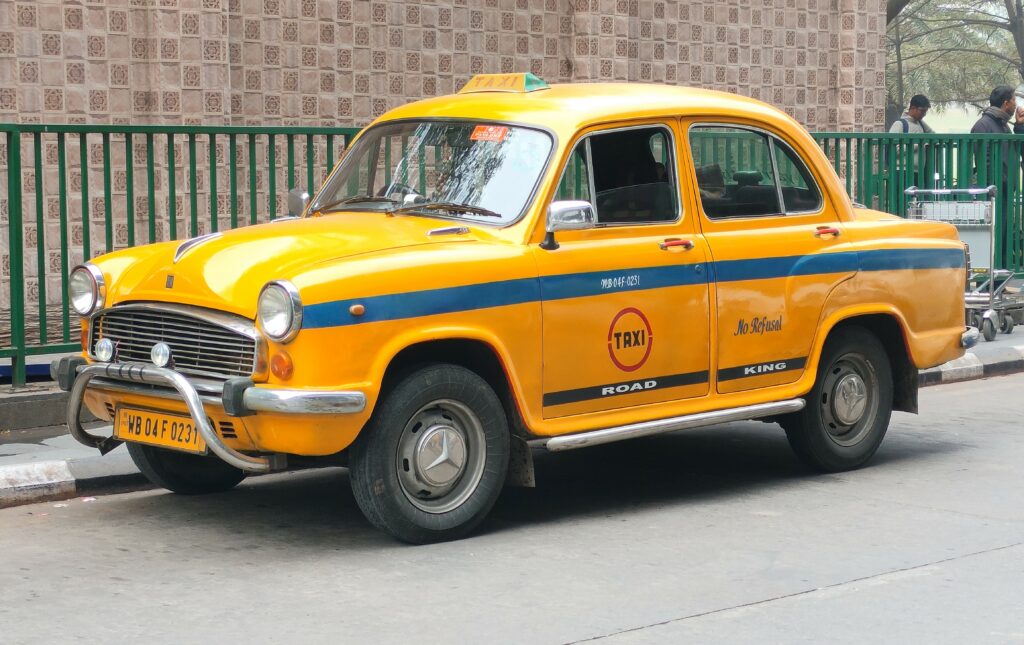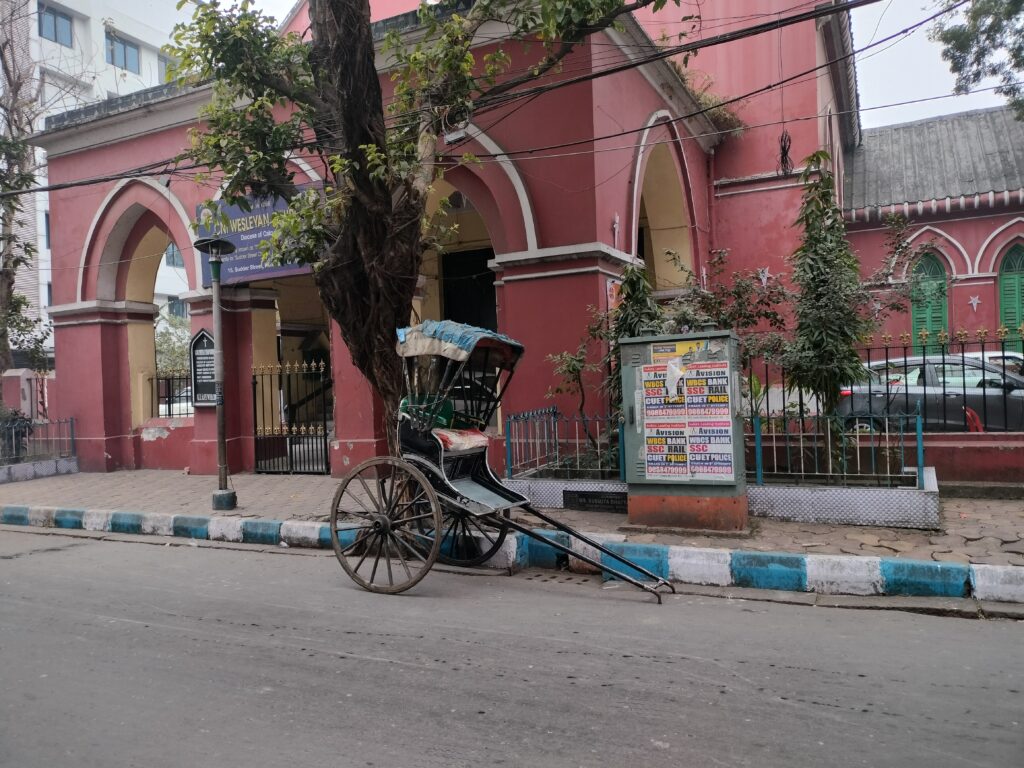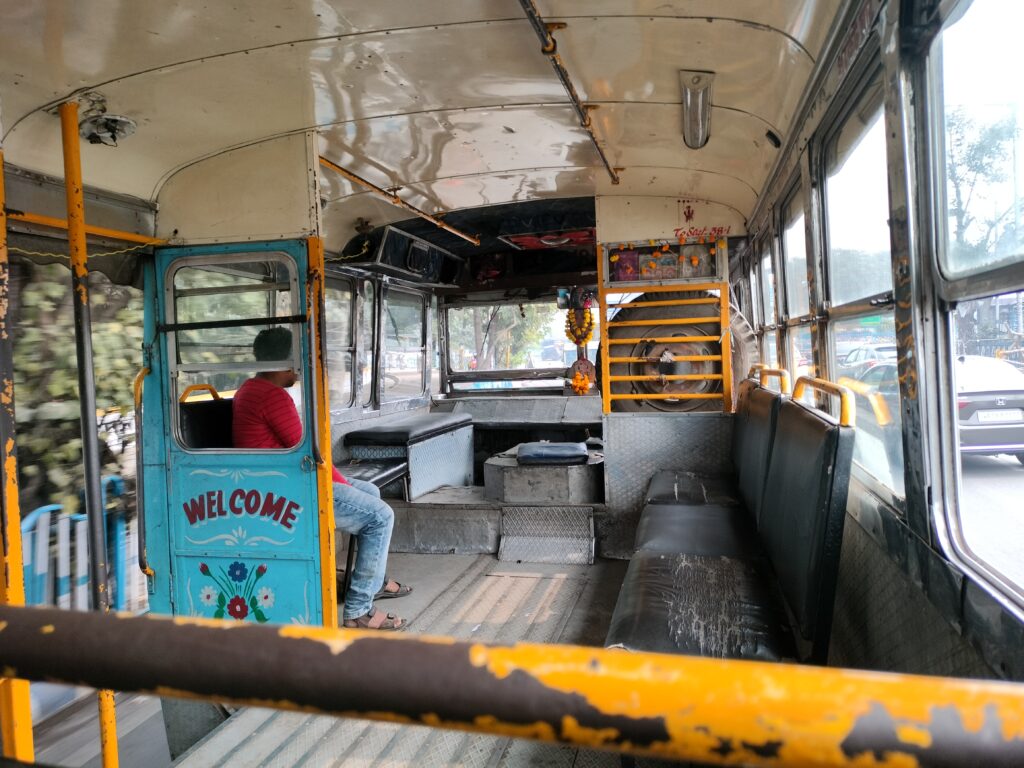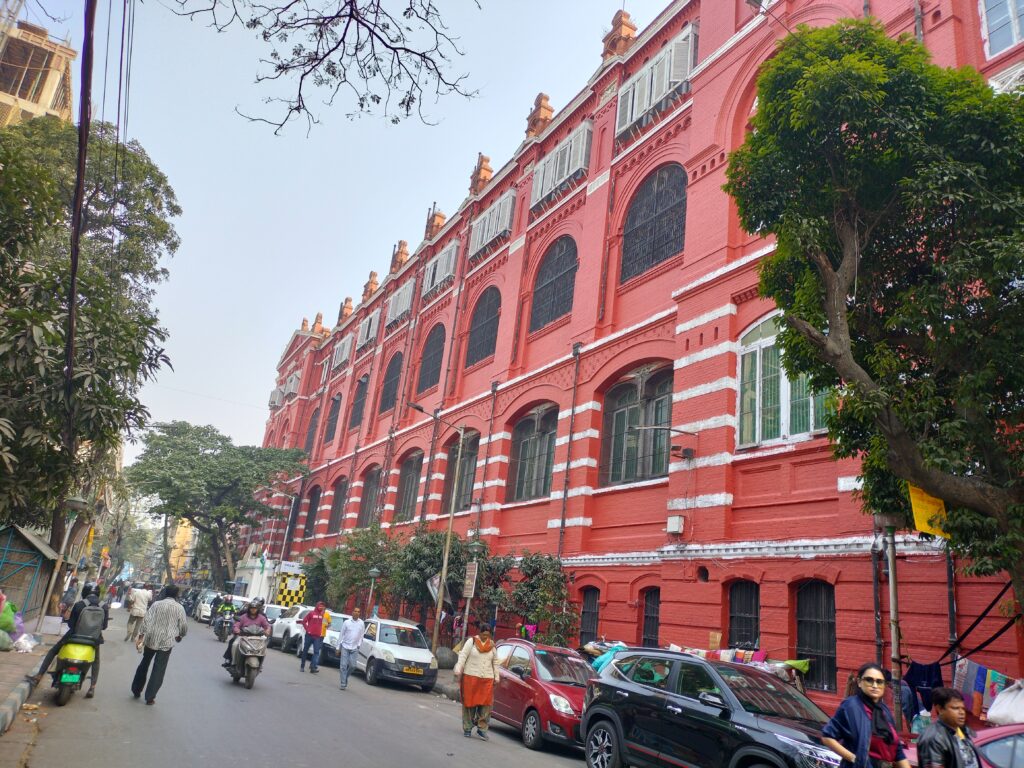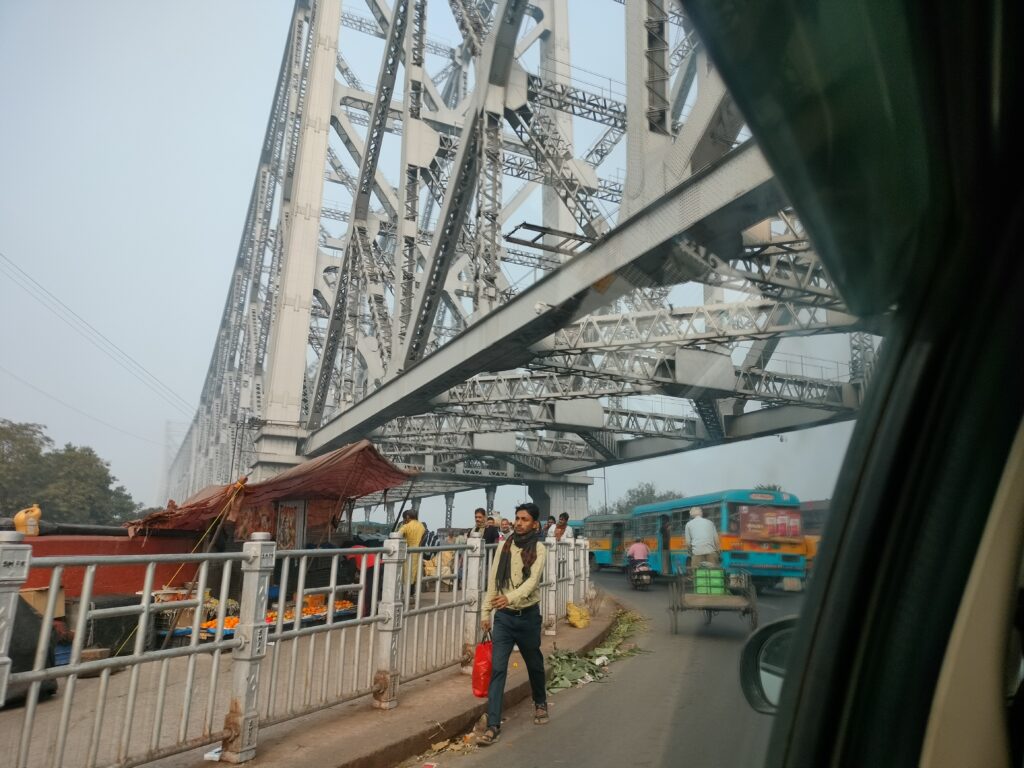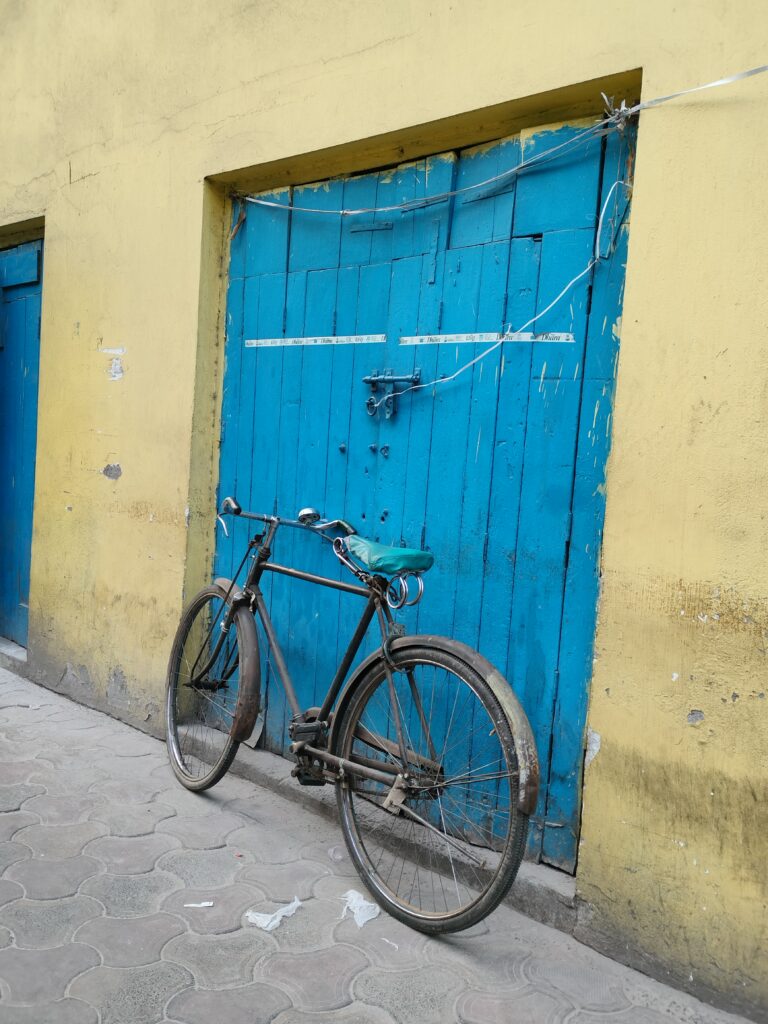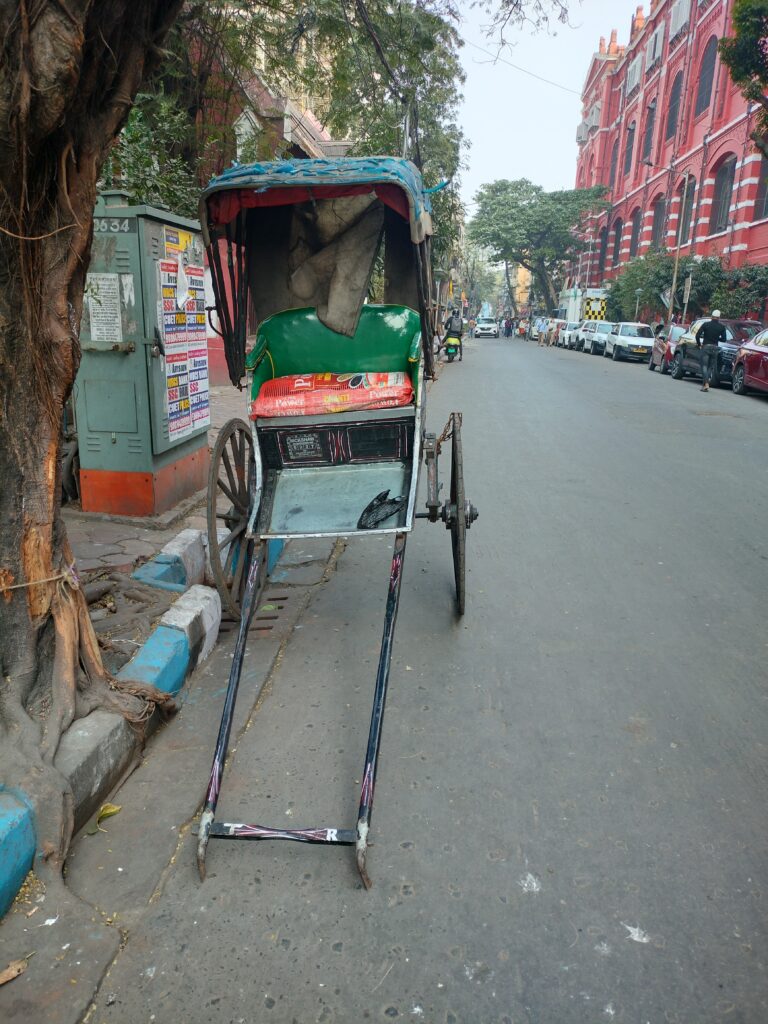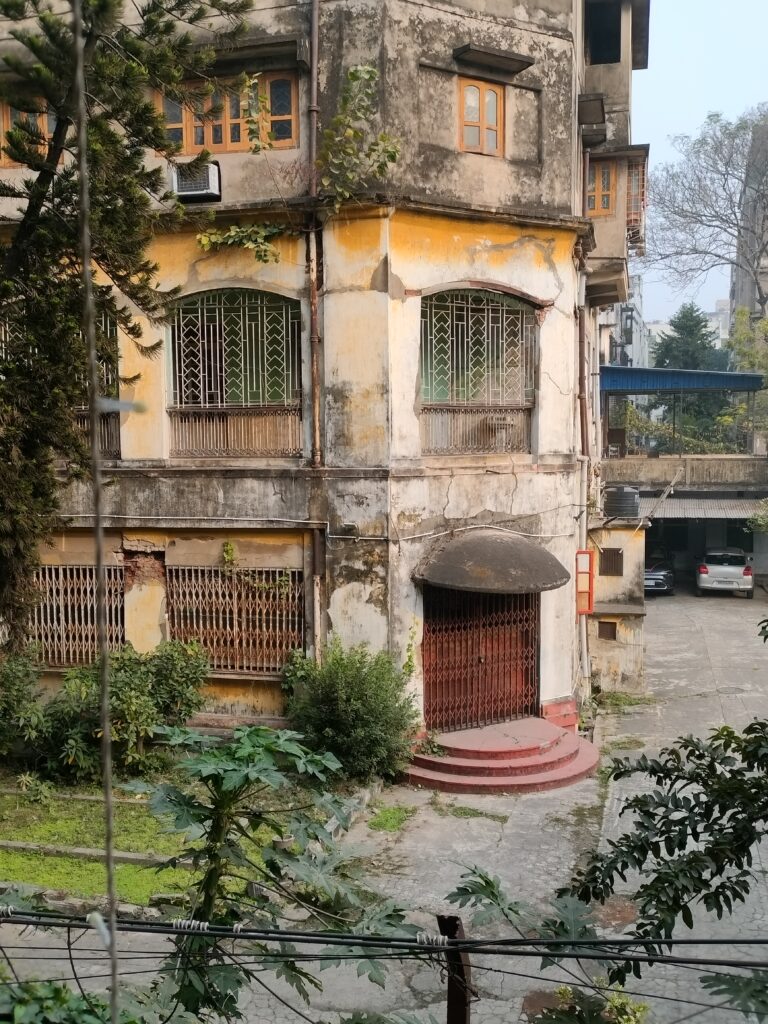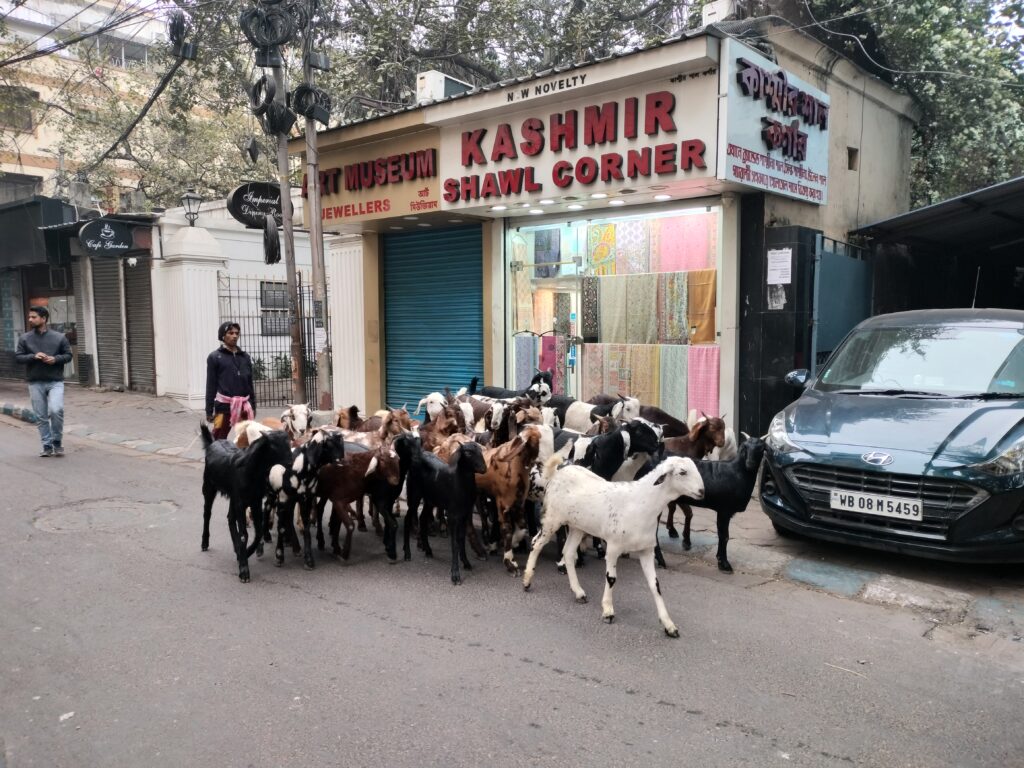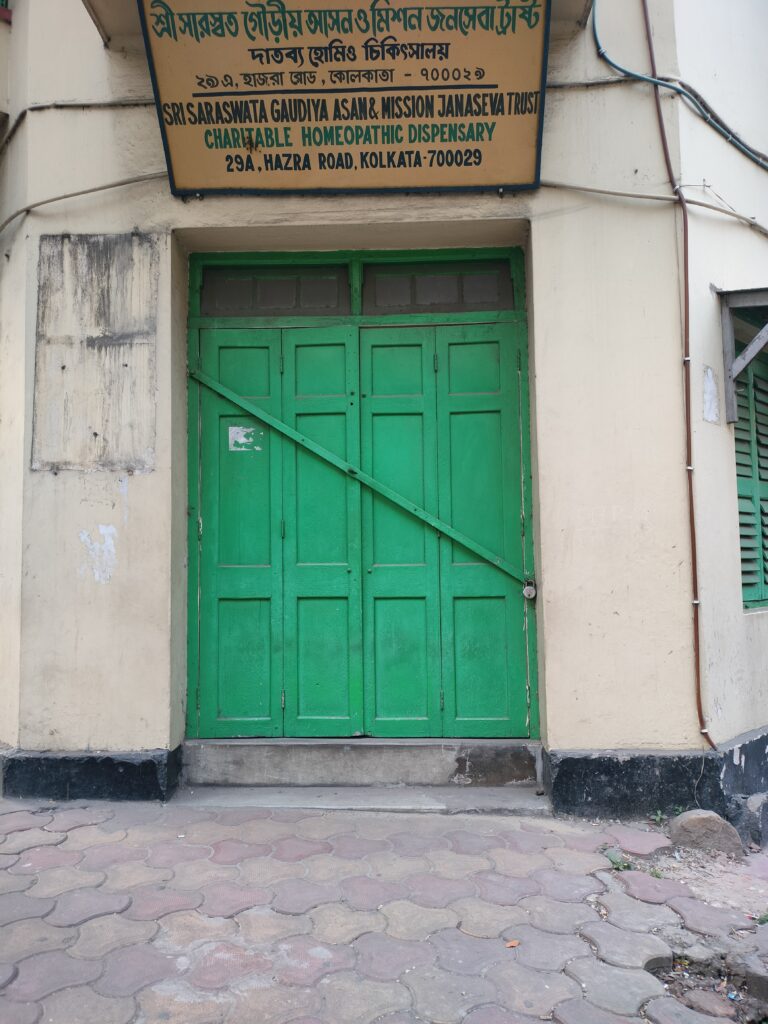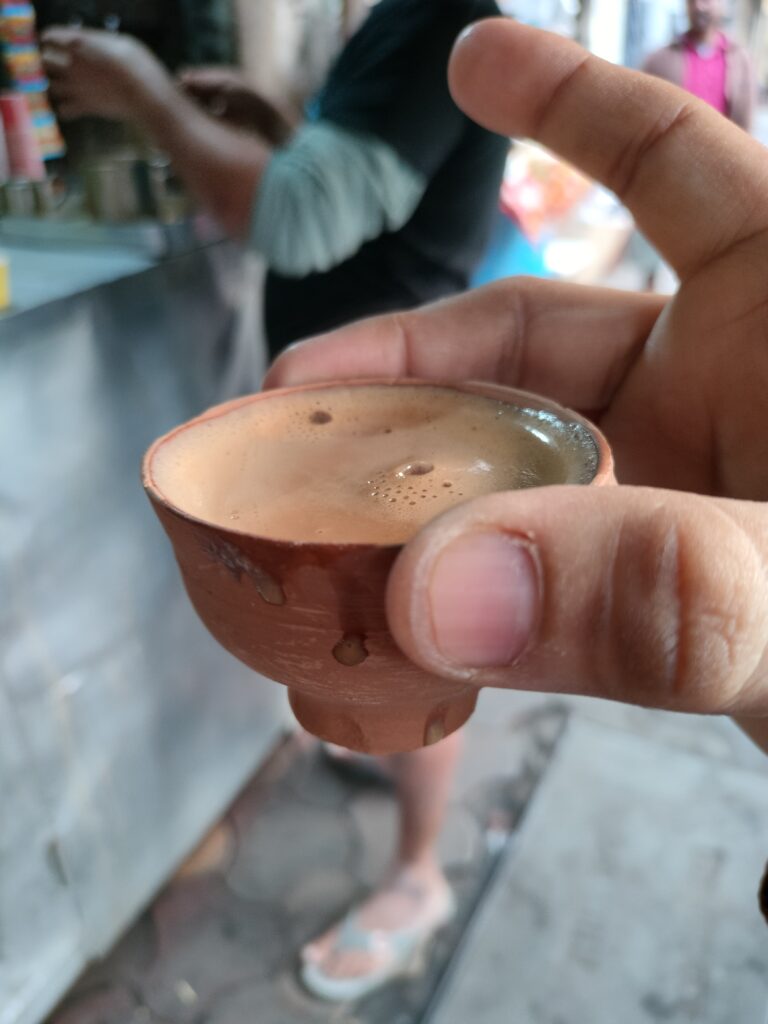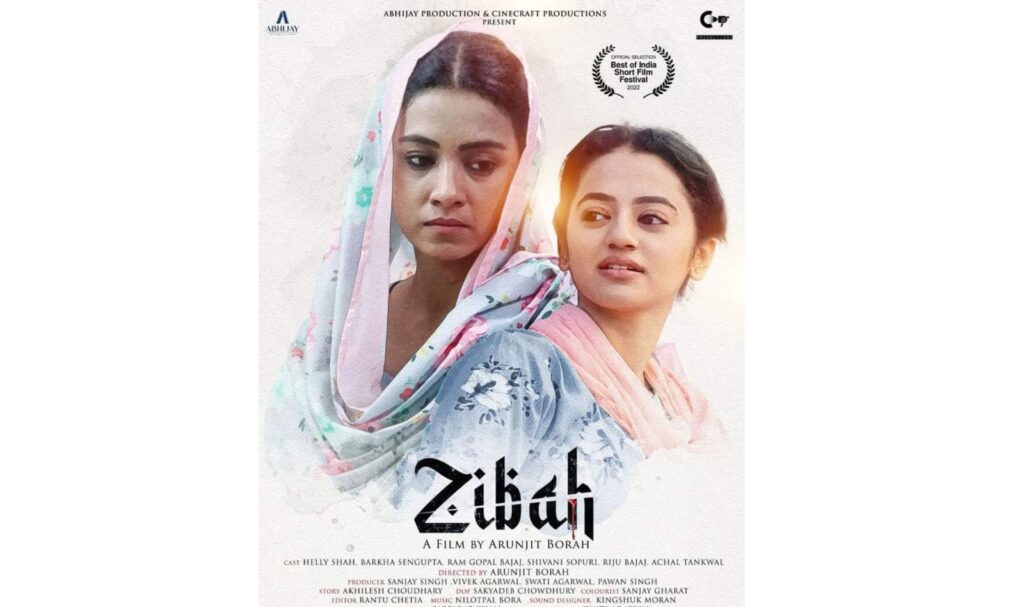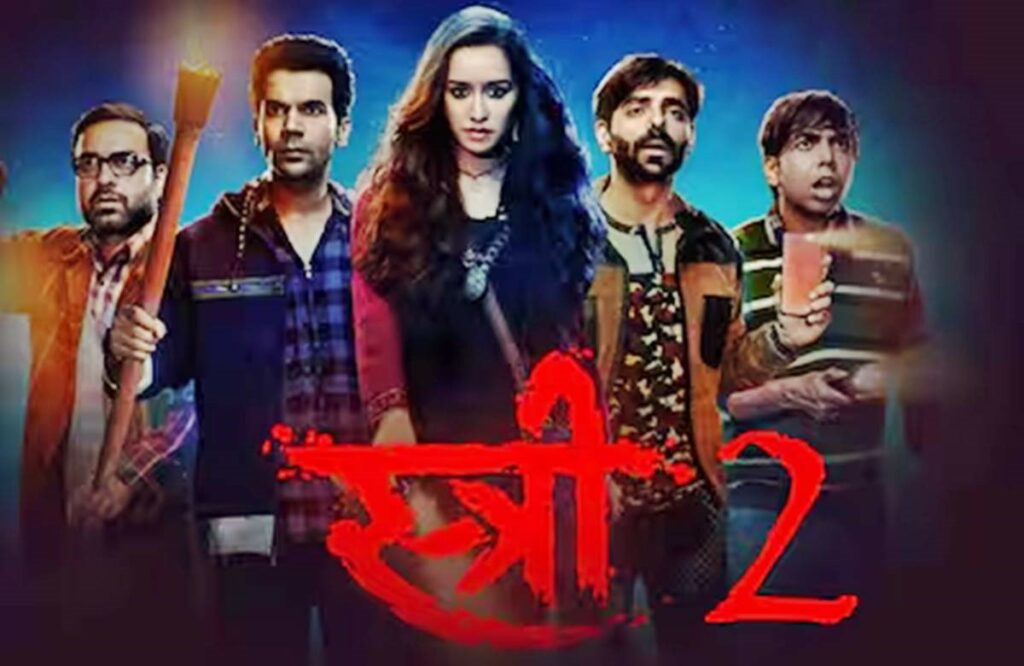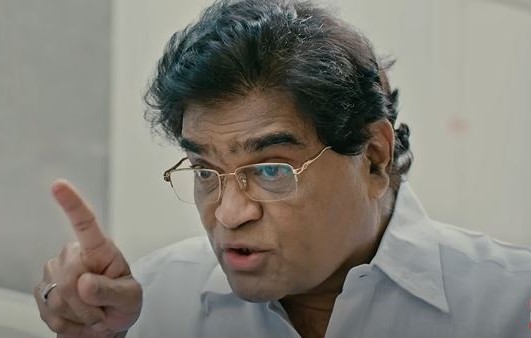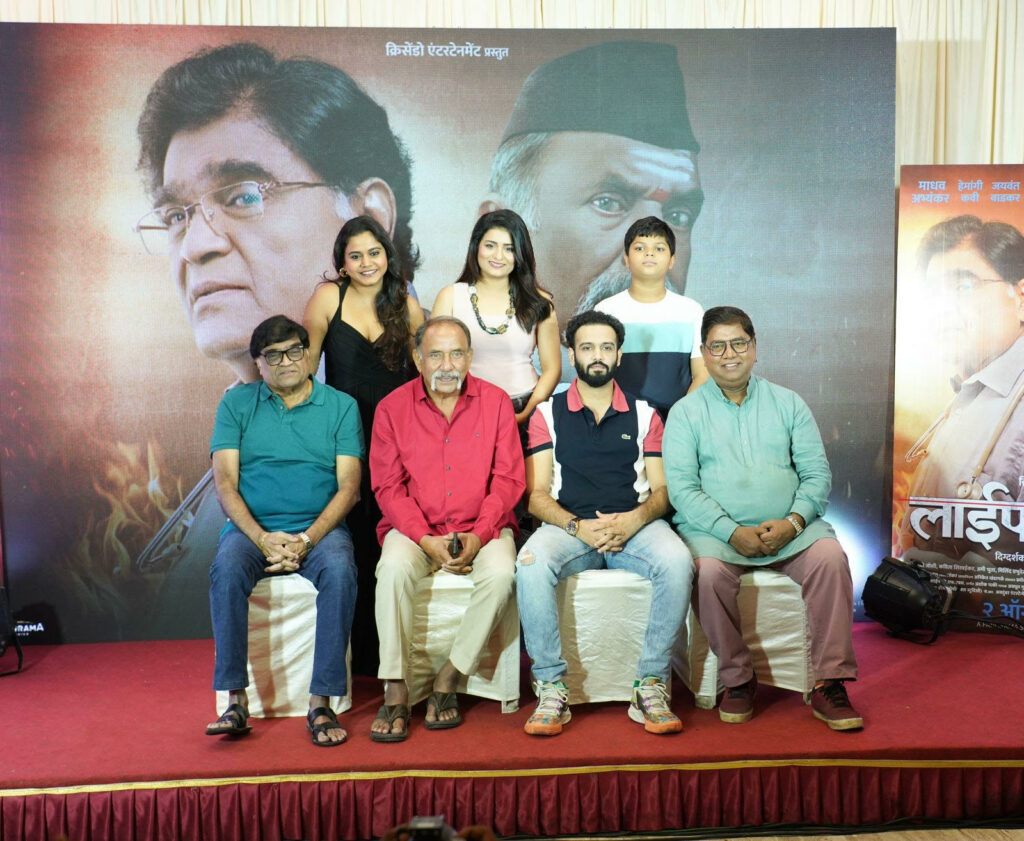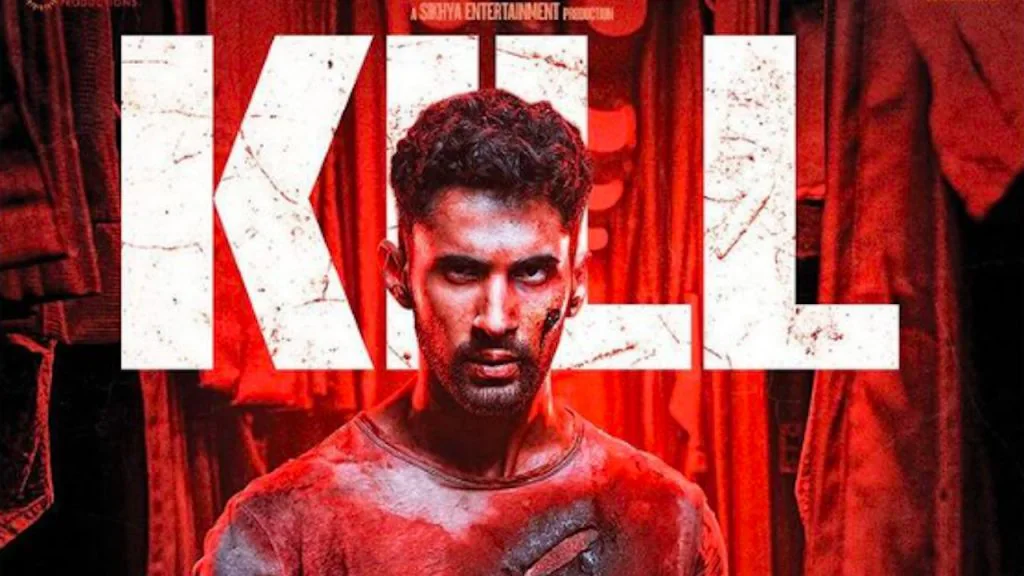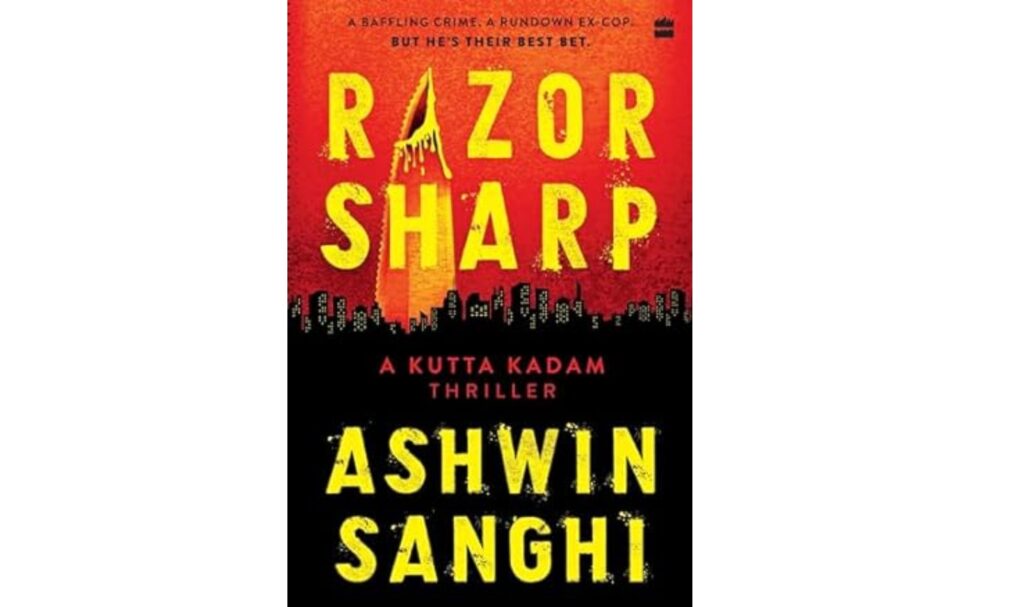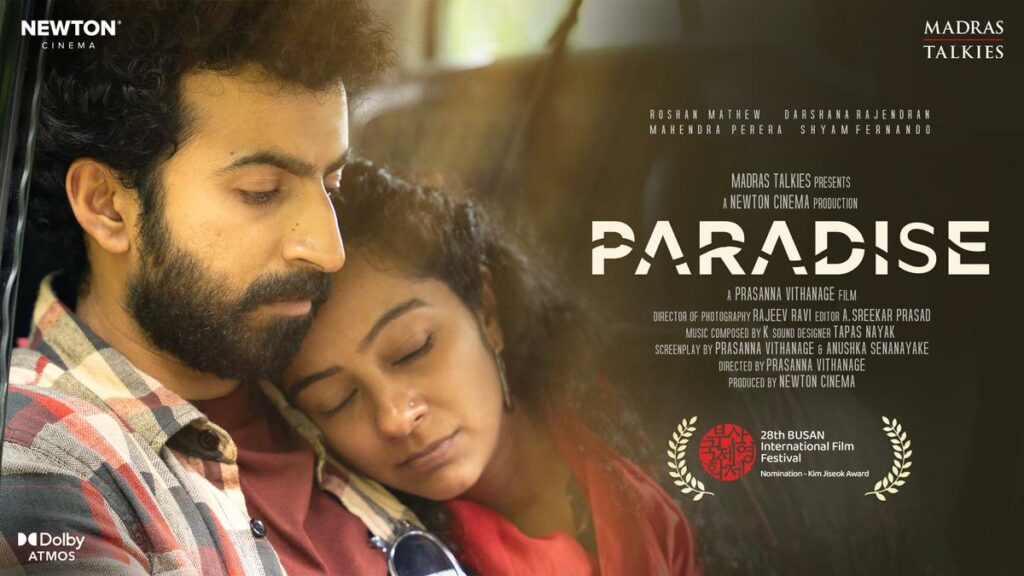The title of filmmaker Tanmaya Shekhar’s short Hindi movie Scenes From A Pandemic is self-explanatory. It throws light on the period when India, along with the rest of the world, faced the menace of COVID-19 aka Coronavirus.
The story starts off in December 2019 when the Jaipur-based young Molshri (Molshri) lands a job offer in Mumbai. She is too attached to her parents (Arif Patel and Aarti Desai) and is searching for ways to refuse the offer. But she finally gives in after some encouragement from her best friend Shruti (Bhavya Grover), who has also landed a job in Mumbai.
Molshri and Shruti shift to Mumbai and take an expensive apartment on rent in Bandra. Molshri is all set to begin a new life in a new city with dreams of a bright future. However, the COVID-19 pandemic arrives in March 2020 and changes her life forever.
We all have memories of the various COVID-19 waves and that too unpleasant ones. We have either seen people go through a drastic change in their lives during this period or have faced the same ourselves. Scenes From A Pandemic provides an intimate and real picture of what the protagonist and her family goes through during that period.
Interestingly, almost the entire film is narrated through a screen of a smart phone. The filmmaker has executed the idea in an impressive way, especially when some story developments happen through Instagram stories. And this is done in a way that one develops deep concern for Molshri’s life. The cinematography (Manas Godara, Tanmaya Shekhar and Molshri) and editing (Radhika Pathak) have crucial contributions.
Molshri’s performance also plays a key role in creating the desired effect. She displays her character’s joy and sorrow with ease. Bhavya Grover, Arif Patel and Aarti Desai are impressive too in their supporting roles.
Although there are no major minuses, the arrival of the COVID-19, which is nothing short of a demon, should have been elaborated more in the narrative. Other than that, Scenes From A Pandemic is realistic and moving coming-of-age saga of a youngster.
Rating: 4 out of 5
Director: Tanmaya Shekhar
Producers: Tanmaya Shekhar and Molshri
Cast: Molshri, Bhavya Grover, Arif Patel, Aarti Desai, Vijendra Chaubey
Watch the film below:
Also Read: Indi(r)a’s Emergency review: Shows the period’s relevance today
